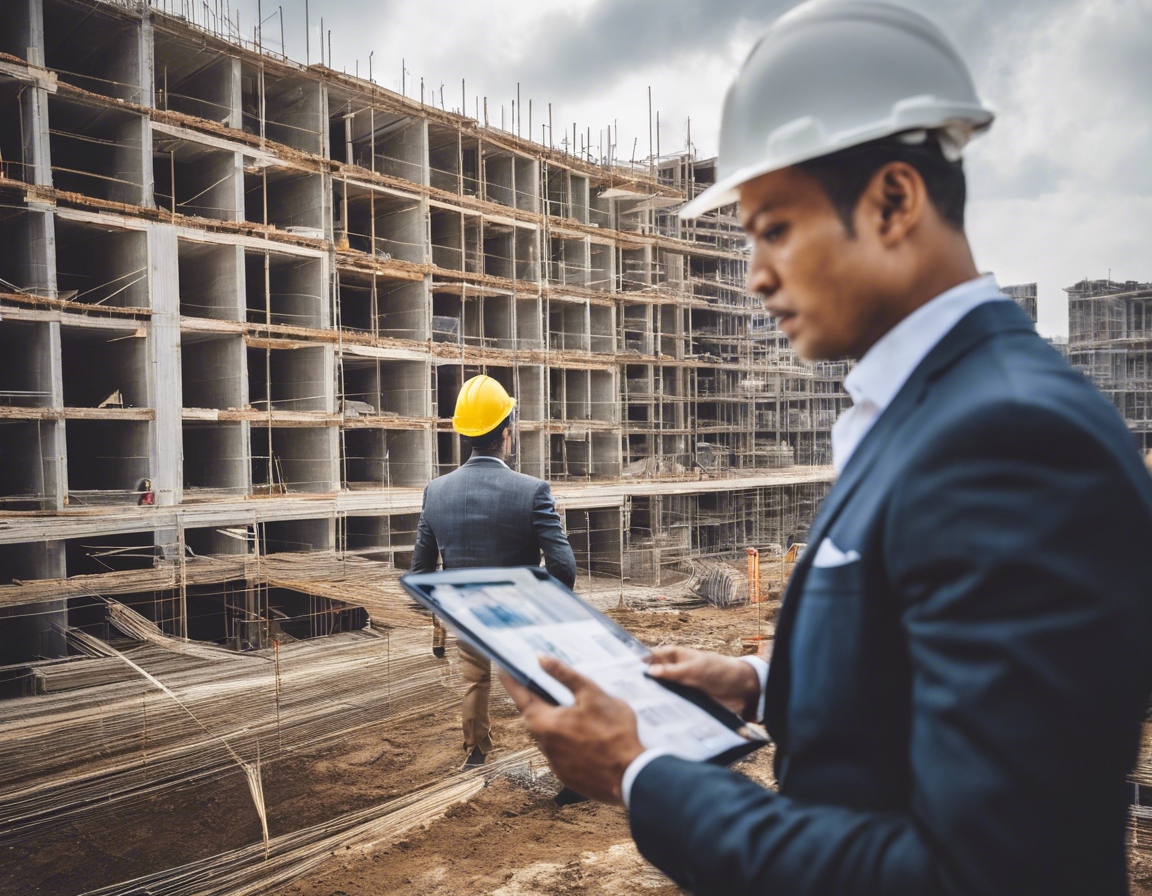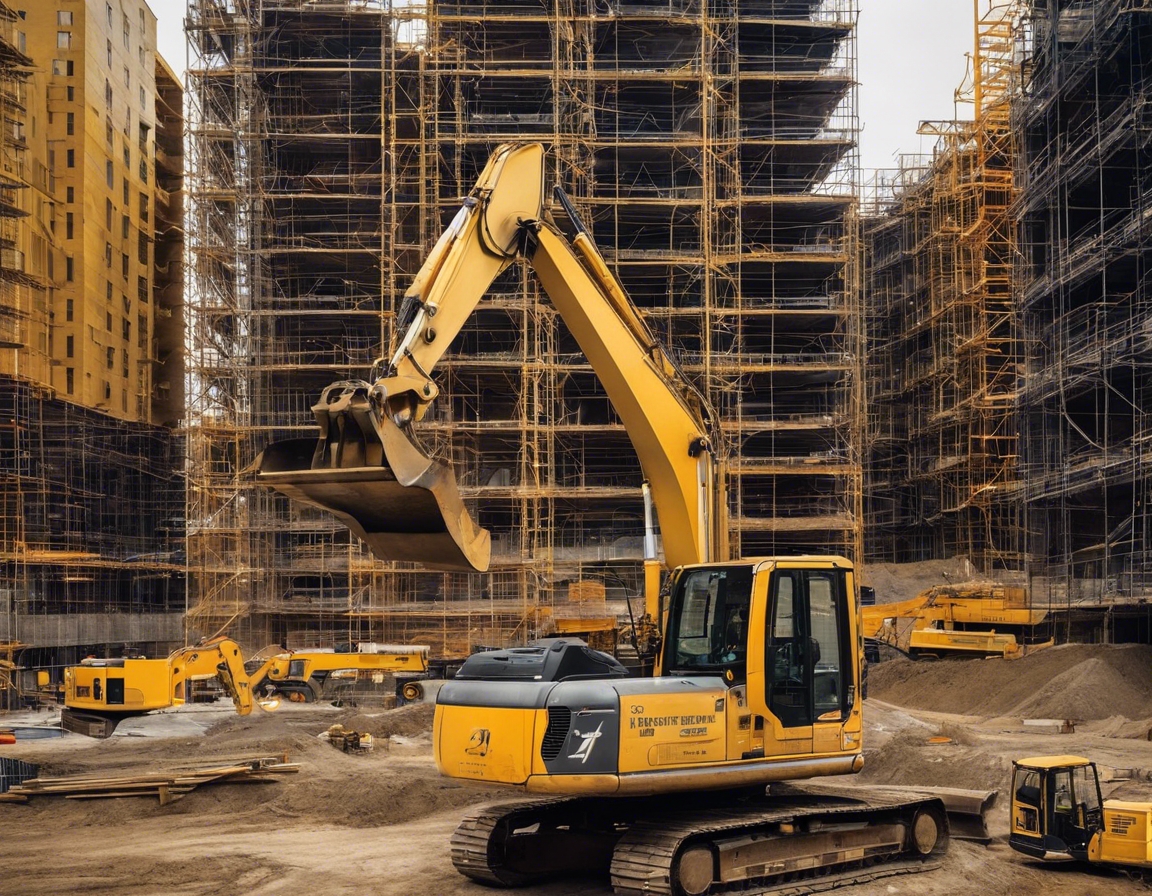How port construction impacts local economies
Port construction is a pivotal aspect of infrastructure development that plays a significant role in shaping the economic landscape of a region. Ports serve as gateways for international trade, facilitating the movement of goods and services across borders. The construction of ports involves complex engineering and logistical planning, requiring collaboration between government entities, private businesses, and construction experts. As global trade continues to expand, the demand for efficient and modern port facilities has never been greater.
Economic Benefits of Port Construction
One of the most immediate impacts of port construction on local economies is the creation of jobs. During the construction phase, a wide range of employment opportunities arise, from skilled labor positions to administrative roles. Once operational, ports continue to provide long-term employment in areas such as logistics, shipping, and maintenance. This influx of jobs can significantly reduce unemployment rates and stimulate economic growth in the surrounding areas.
Port construction can lead to a surge in demand for local goods and services. Construction projects require materials, equipment, and services, which can benefit local suppliers and contractors. Additionally, the increased activity around ports often leads to the development of ancillary businesses such as restaurants, hotels, and retail outlets, further boosting the local economy.
Ports are critical hubs for trade and commerce, enabling the efficient import and export of goods. By improving port infrastructure, regions can enhance their competitiveness in the global market. This can lead to increased trade volumes, attracting more businesses and investments to the area. Improved port facilities can also reduce shipping costs and transit times, benefiting both local and international businesses.
Infrastructure Development and Urbanization
Port construction often necessitates the development of supporting infrastructure, such as roads, railways, and bridges. These improvements enhance connectivity, making it easier for goods and people to move in and out of the region. Enhanced transportation networks can lead to increased accessibility, attracting more businesses and residents to the area, and contributing to urbanization.
The presence of a port can significantly impact real estate and property development in the surrounding areas. As ports attract businesses and workers, the demand for residential and commercial properties increases. This can lead to the development of new housing projects, office spaces, and industrial parks, further stimulating economic growth and urban development.
Environmental Considerations
While port construction offers numerous economic benefits, it is essential to consider the environmental impact of such projects. Sustainable construction practices can help mitigate negative effects on the environment. This includes using eco-friendly materials, implementing energy-efficient technologies, and minimizing waste and emissions during construction.
Balancing economic growth with environmental protection is a critical challenge in port construction. It requires careful planning and collaboration between stakeholders to ensure that development does not come at the expense of the environment. Implementing measures such as habitat restoration, pollution control, and environmental monitoring can help achieve this balance.
Challenges and Opportunities in Port Construction
Port construction projects must navigate a complex web of regulatory and compliance issues. This includes obtaining permits, adhering to environmental regulations, and ensuring safety standards are met. Navigating these challenges requires expertise and careful planning to avoid delays and additional costs.
Technological innovations present significant opportunities for improving the efficiency and effectiveness of port construction. Advances in construction technology, such as automation and digital modeling, can streamline processes, reduce costs, and enhance project outcomes. Embracing these innovations can position ports as leaders in sustainable and efficient infrastructure development.








Comments (0)